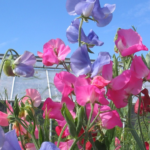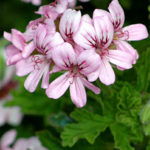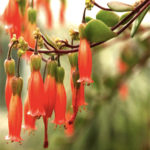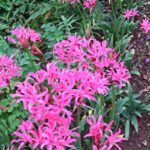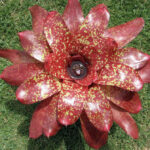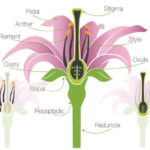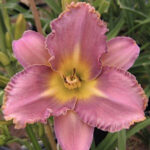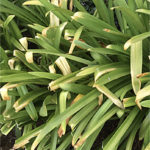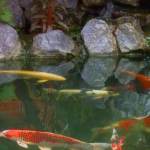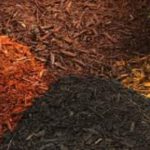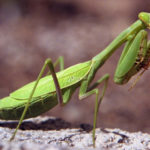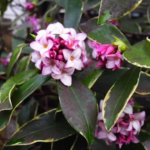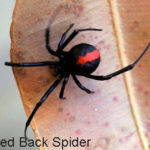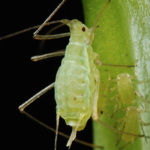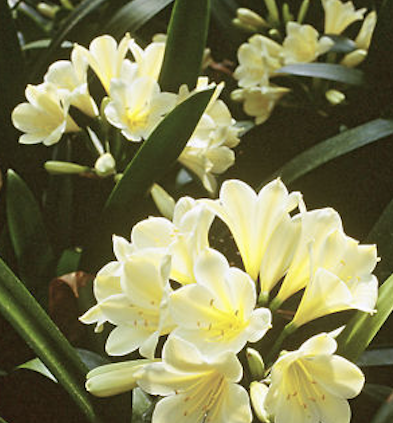
Growing feeding, Plant Care of Clivias
Growing feeding, Plant Care of Clivias
 The Clivia is usually in full bloom by mid September in Melbourne Australia. The botanical name clivia miniata is given to these shade loving plants which are commonly known as the clivia, Kaffir Lilies, fire lily, bush lily or the South Africa lily. The clivia plant is named after Lady Charlotte Clive who was the Duchess of Northumberland. The duchess was also the grand daughter of Robert Clive, also known as Clive from India, they were a plant loving family. Lady Charlotte Clive was the first lady to grow and flower, the first clivia in England. Clivias are an Indigenous plant to South Africa this means that the clivia does not just grow anywhere, but nowadays gardeners all over the world grow these plants. JC Bidwell who was one of the directors at Sydney Botanical Gardens transported the clivia to Australia in 1844. Many more introductions followed and the plant is now very popular in Australia. The similarity in South Africa and Australian weather made it possible for the clivia plant to grow successfully in Australia. Clivias grow well outdoors and for best flowering results, this plant is best planted in the shade. They do well in well drained soil and the gardener should keep them relatively dry in winter and increase water during spring and summer coming up to flower. Clivias are clump forming evergreen plants that need to be protected from frosts besides this, the clivia plant has stunning trumpet flower heads of around 20 flowers per stalk. Flowering higher than the dark green or variegated strap like leaves. With the most popular coloured varieties of clivia are the orange coloured flowers, these plants also come in bi-colours moreover, they like a slightly acidic soil and it is very important that the soil is well drained, because they will not tolerate wet feet.
The Clivia is usually in full bloom by mid September in Melbourne Australia. The botanical name clivia miniata is given to these shade loving plants which are commonly known as the clivia, Kaffir Lilies, fire lily, bush lily or the South Africa lily. The clivia plant is named after Lady Charlotte Clive who was the Duchess of Northumberland. The duchess was also the grand daughter of Robert Clive, also known as Clive from India, they were a plant loving family. Lady Charlotte Clive was the first lady to grow and flower, the first clivia in England. Clivias are an Indigenous plant to South Africa this means that the clivia does not just grow anywhere, but nowadays gardeners all over the world grow these plants. JC Bidwell who was one of the directors at Sydney Botanical Gardens transported the clivia to Australia in 1844. Many more introductions followed and the plant is now very popular in Australia. The similarity in South Africa and Australian weather made it possible for the clivia plant to grow successfully in Australia. Clivias grow well outdoors and for best flowering results, this plant is best planted in the shade. They do well in well drained soil and the gardener should keep them relatively dry in winter and increase water during spring and summer coming up to flower. Clivias are clump forming evergreen plants that need to be protected from frosts besides this, the clivia plant has stunning trumpet flower heads of around 20 flowers per stalk. Flowering higher than the dark green or variegated strap like leaves. With the most popular coloured varieties of clivia are the orange coloured flowers, these plants also come in bi-colours moreover, they like a slightly acidic soil and it is very important that the soil is well drained, because they will not tolerate wet feet.
Lots of people including myself grow or landscape their clivias and fernery plants on an east facing wall between the fence and their house this is a perfect spot to grow shade loving plants like clivias where they will receive filtered light.
Repotting Clivias
Clivias do not like their roots being disturbed, it is not necessary to repot a clivia until the roots are bursting out of the pot then, you can repot the clivia into a slightly larger pot. It is also best not to prune clivia plant roots before repotting clivias, instead remove the dead and rotten roots and let the other roots dry for two days after shaking the old soil off. Before you repot the clivias spray the roots with a good fungicide. Replant into a slightly larger pot with a fresh dry mix that is a well drained potting soil, barely covering the crown. This way your clivias should not develop any diseases. The clivia now has to climatise, the best way to do this is not to water the plant for a day or two until the new soil has 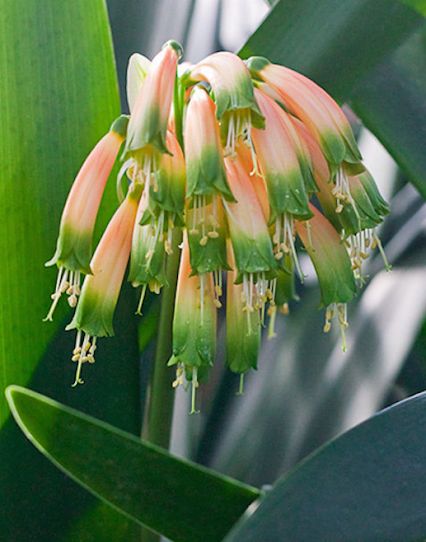 dried completely out. Always remember clivias are prone to rot and this is the best time for the clivias to get rot, is when they are stressed from being repotted. It is best to keep the new potted clivia out of the sun for two weeks until it recovers some, and do not over water.
dried completely out. Always remember clivias are prone to rot and this is the best time for the clivias to get rot, is when they are stressed from being repotted. It is best to keep the new potted clivia out of the sun for two weeks until it recovers some, and do not over water.
My Clivia won’t flower
When the clivia has 12 or 14 leaves it is considered as matured, this is a big factor when it comes to any plant to be able to flower. Therefore the plant must be mature to be ready to flower. This normally takes four years for a clivia miniata but the clivia nobilis variety, flowering will take around 8 years to flower from seed. With the right fertiliser, this is all that is needed to have a healthy flowering clivia.
How to Grow Clivia Seeds
If clivias have been pollinated and the flowers dry up, they will display their lovely fruit after flowering, orange flowers produce red fruit, red flowers produce red fruit, yellow flowers produce yellow fruit, these berries will have seed inside. The first thing you need to do is to remove and soak the seeds. It is important that you only remove the seeds from the pods after they have turned yellow or red, and the clivia seeds should also be soft. You need to soak the seeds overnight with an added drop of bleach. Secondly, soak two paper towels in a weak solution of bleach and let it drip dry so it won’t be too wet. Line the container with the bleached paper towels then place the seeds on top, cover the seeds with another paper towel on top and make sure that the container is covered with an air tight lid. From there place the seeds in the warmest part of the house and leave them to sprout or germinate. A process that can take up to six weeks. When clivia seeds are fully germinated, you can now transplant them to the garden pot.
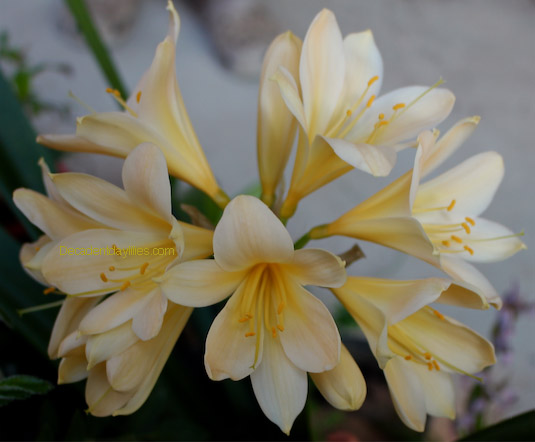 Feeding Clivia Plants
Feeding Clivia Plants
The soil where you will move the Clivia should be well prepared by digging in some well rotted compost and you can also add a small amount of Dynamic Lifter Pellets. Make sure the drainage is good, clivias like to be fed well when they are actively growing in spring and summer by foliar feeding or diluted compost teas. It is best to use an organic fertiliser high in potassium immediately after flowering. In late winter early spring apply the general purpose fertiliser. You should also apply the organic fertiliser, which is dynamic lifter during springtime, and do the same again during summer through to winter. Remember to use liquid fertiliser to water the plant every few weeks. Generally, they are easy to take care of till they reach full maturity. When first potting your clivias it is best to use blood and bone fertiliser.
Clivia Pests and Diseases
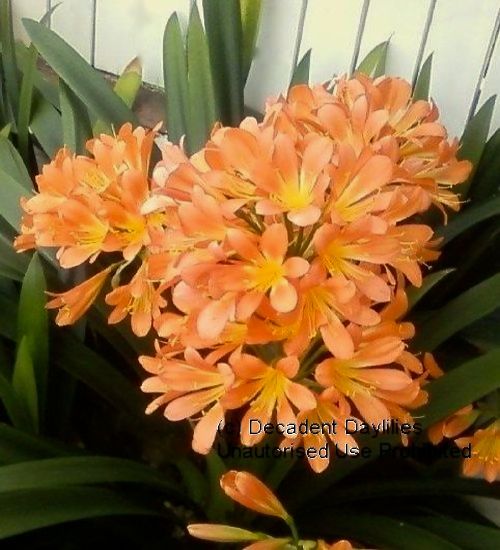 They are not easily pest infested, but their strappy leaves attract snails and slugs. You can keep away the snails and slugs by sprinkling the slug and snail pellets on the leaves or as a preventative spray the leaves with epsom salts this will also keep the leaves green and healthy. The only pest that can probably infest the Clivia is the lily caterpillar or the lily borer caterpillar. They attack in large numbers and can, therefore, destroy the clump. When you see signs of the caterpillar, apply the Synthetic Pyrethroid insecticide or you can use Baythroid insecticide, which can be very effective and they are low toxic control. Aphids, spider mites, white fly and thrips will cause a lot of damage if they are plague numbers but a systemic insecticide will disrupt their life cycle. An organic preventative is always best. If you experience wet weather for a long term or your plants get over watered this can cause rust, mildew, bacterial and root rot and damping off so twice a week deep watering is ample.
They are not easily pest infested, but their strappy leaves attract snails and slugs. You can keep away the snails and slugs by sprinkling the slug and snail pellets on the leaves or as a preventative spray the leaves with epsom salts this will also keep the leaves green and healthy. The only pest that can probably infest the Clivia is the lily caterpillar or the lily borer caterpillar. They attack in large numbers and can, therefore, destroy the clump. When you see signs of the caterpillar, apply the Synthetic Pyrethroid insecticide or you can use Baythroid insecticide, which can be very effective and they are low toxic control. Aphids, spider mites, white fly and thrips will cause a lot of damage if they are plague numbers but a systemic insecticide will disrupt their life cycle. An organic preventative is always best. If you experience wet weather for a long term or your plants get over watered this can cause rust, mildew, bacterial and root rot and damping off so twice a week deep watering is ample.
Clivias Propagation
If you do not want to plant from seed, you can also simply propagate the clivias. You can do this in spring by dividing or separating already established clumps. You need to know how to effectively plant the clumps if you want them to successfully grow. Plant them in a shady place. The advantage of propagating by division is that the plant will flower the following season, and not take years to flower if grown from seed. There are different varieties of clivia. They are brightly coloured coming in red, yellow, bright orange and apricots which are all very popular then there is the creamy and the white clivias which are currently very rare. They are tough and don’t mind competition with tree roots. This is one of their favourite spots is to grow under the shade of trees. Some of the other popular clivias that are growing in Australia are Clivia caulescens, Clivia Gardenii both being pendulous while Clivia Citrine a yellow variety, Clivia robust, Clivia Mirabilis all told there are over 70 different hybrid colours. Be careful to keep these precious plants out of the hot sun and protect from winter frosts.
Clivias are easy to grow low maintenance plants that are great for landscaping that perform best in shady areas of Australian gardens, try growing a clivia plant today!



